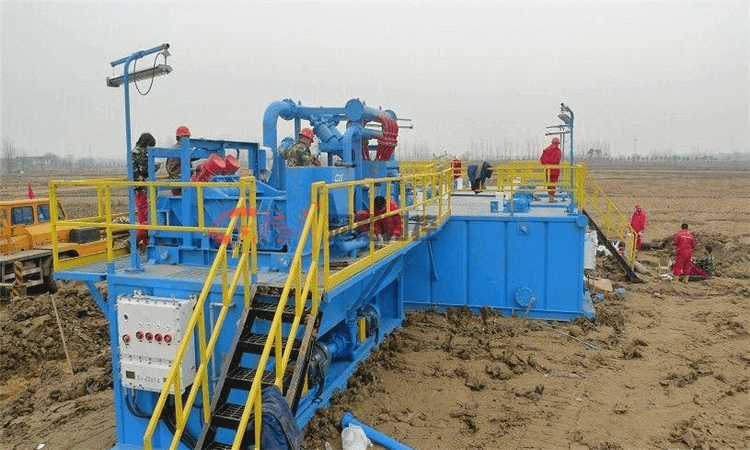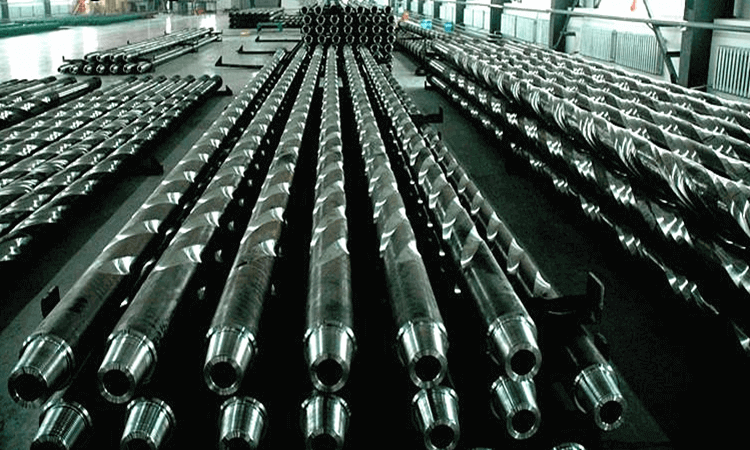Boosting Oil Well Production and Efficiency with Workover Rig Technology
In the ever-changing realm of the oil and gas industry, sustaining optimal oil well productivity is an enduring challenge. With oil fields maturing and conditions shifting, operators are actively seeking innovative solutions to reinvigorate production levels.
Factors Behind Oil Well Production Decline:
Several factors contribute to the decline in oil well production. Aging reservoirs, reduced permeability, mechanical damage, and accumulated debris within wellbores are common culprits. These factors collectively hamper fluid flow and restrict productivity.
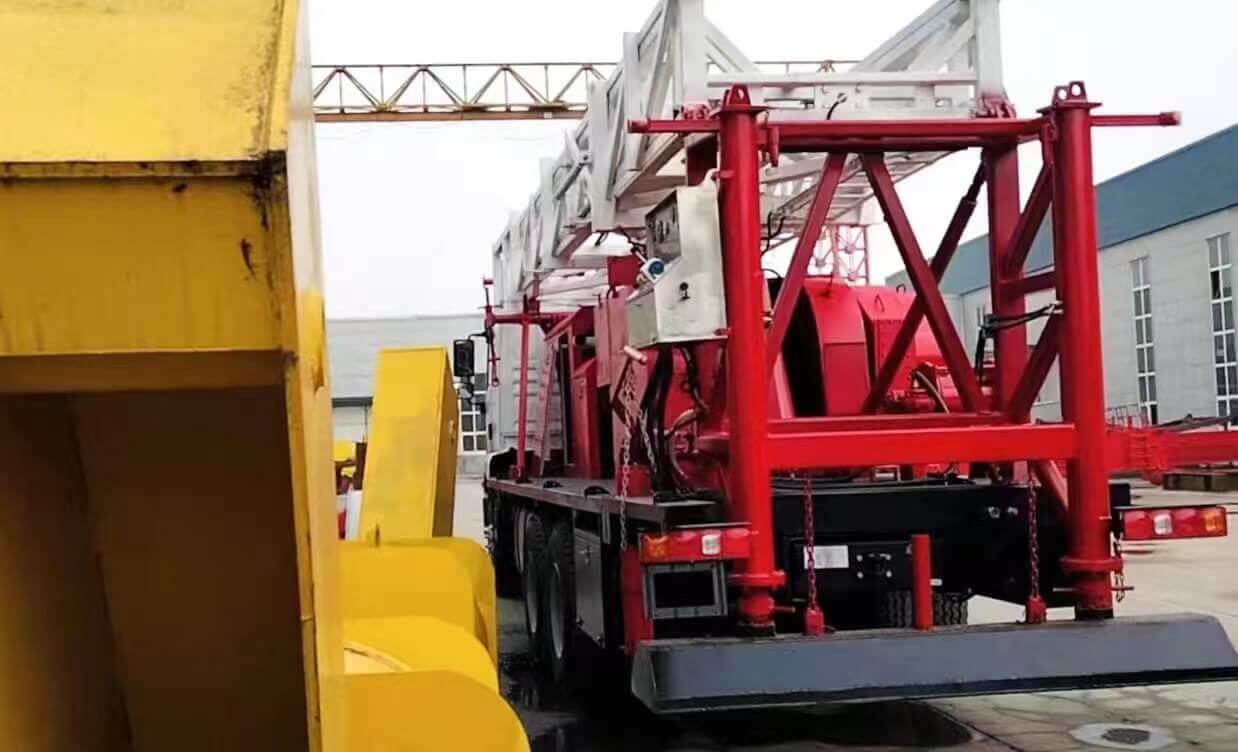
Role of Workover Rig Technology:
Workover rigs play a critical role in mitigating the challenges that lead to production decline. Sino Mechanical's truck-mounted workover rig, for instance, stands out due to its mechanical and hydraulic drive capabilities. This technology tackles obstacles head-on and effectively addresses the root causes of reduced production.
Key functions of the Workover Rig include:
Wellbore Cleaning and Clearing: Accumulated debris, scale, and blockages are effectively removed from wellbores, restoring fluid flow pathways and enhancing productivity.
Casing Restoration: Damaged casing is repaired, preventing further structural deterioration and maintaining the integrity of the well.
Perforation Enhancement: Precise perforation techniques are employed to optimize fluid entry points, enhancing connectivity with reservoirs and boosting production.
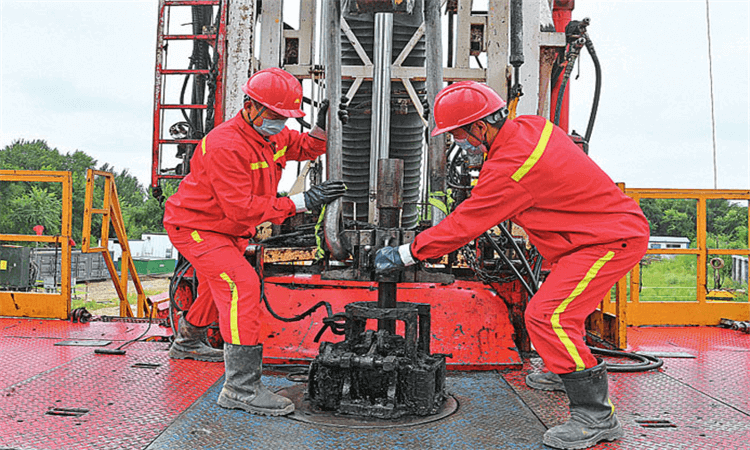
Hydraulic Fracturing: In cases of low permeability, hydraulic fracturing is employed to create fractures in reservoir rock, facilitating better fluid movement and improved production rates.
Two compelling success stories exemplify the efficacy of workover rig technology:
Rejuvenating an Aging Well: An aging well with declining production was equipped with Sino Mechanical's truck-mounted workover rig. The rig effectively cleared accumulated debris and restored casing integrity, resulting in a significant increase in production rates within weeks.
Enhancing Perforation Performance: In another instance, a well with suboptimal perforations underwent precision perforation using the workover rig. The result was a remarkable improvement in fluid flow, leading to a substantial boost in oil production.
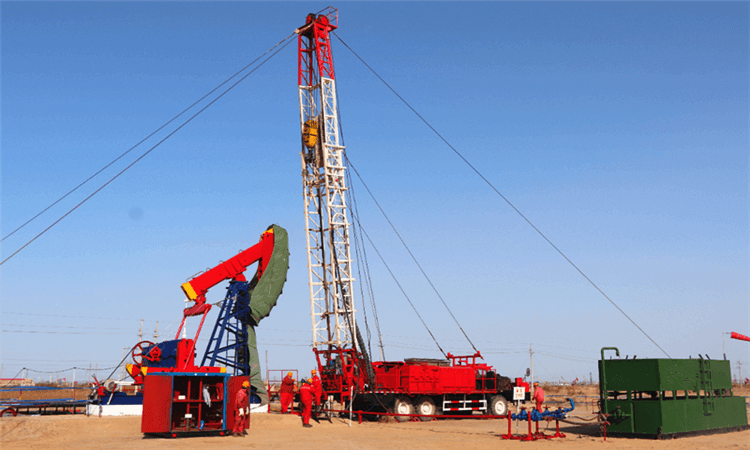
Workover rig technology serves as a dynamic solution to combat oil well production decline. With advanced mechanical and hydraulic capabilities, these rigs effectively address the underlying issues that hinder productivity. Through real-world successes, such as those showcased here, it's evident that workover rigs are pivotal tools in the quest to elevate oil well production and operational efficiency. By harnessing these capabilities, the industry can secure a sustainable energy supply while upholding the highest standards of productivity and performance.

